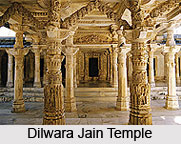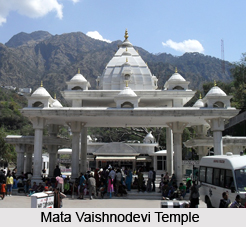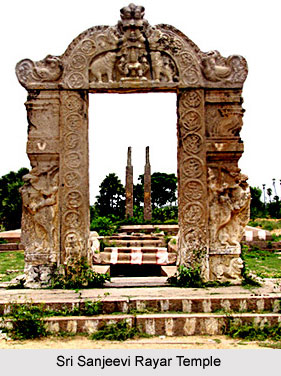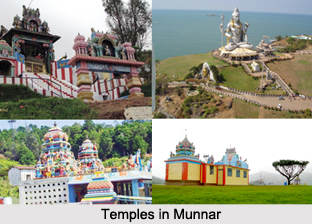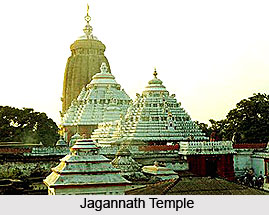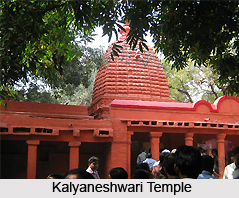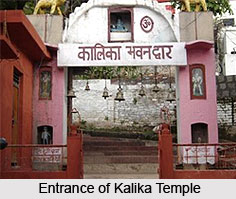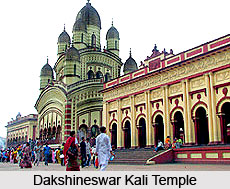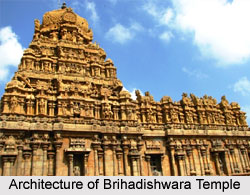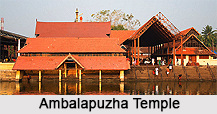 Ambalapuzha Krishna Temple is a famous religious place in the Indian state of Kerala. It is said that in the old Travancore State, seven temples were considered great among all the temples. These were: Kanyakumari, Suchindram, Trivandrum, Haripad, Ambalapuzha, Ettumanur and Vaikom. Of these, Kanyakumari and Suchindram have now gone to Tamil Nadu. Further, it is believed that in Kerala there are three god-made Krishna idols. These are at Guruvayur, Tripunathura and Ambalapuzha. A lot of greatness is associated with the temple at Ambalapuzha.
Ambalapuzha Krishna Temple is a famous religious place in the Indian state of Kerala. It is said that in the old Travancore State, seven temples were considered great among all the temples. These were: Kanyakumari, Suchindram, Trivandrum, Haripad, Ambalapuzha, Ettumanur and Vaikom. Of these, Kanyakumari and Suchindram have now gone to Tamil Nadu. Further, it is believed that in Kerala there are three god-made Krishna idols. These are at Guruvayur, Tripunathura and Ambalapuzha. A lot of greatness is associated with the temple at Ambalapuzha.
The Vigraha at Ambalapuzha looks like Prathasarathi with a whip in the right hand and shankha in the left. But the deity is worshipped as Unnikrishna or child Krishna. The Ambalapuzha shrine is famous for its palpayasam, milk porridge of exceptional sweetness. It is considered as the most important offering at the temple at the uccha (noon) puja.
Legend of Ambalappuzha Palpayasam
There is a legend behind the introduction of palpayasam as an offering. Champakasseri Thampuran had once borrowed some paddy from a Brahmin from Thalavady. For some reason, the Thampuran could not repay the same for a long time. One day when the ruler came to the temple for darshan the Brahmin accosted him and demanded his paddy immediately. The Thampuran asked his minister to clear off the debt and left the place.
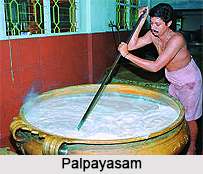 The poor minister was in a quandary. There was no sufficient stock of paddy to clear the debt. Somehow he managed to collect the required quantity from nearby houses and measured out the paddy in the Anakottil on the east side of the temple to the satisfaction of the Brahmin. But the minister asked the Brahmin to remove the entire paddy before the midday puja as otherwise it could cause inconvenience to the rituals to be conducted on the occasion. He also made it clear that if the Brahmin failed to remove the paddy within the stipulated time it would be confiscated to the temple.
The poor minister was in a quandary. There was no sufficient stock of paddy to clear the debt. Somehow he managed to collect the required quantity from nearby houses and measured out the paddy in the Anakottil on the east side of the temple to the satisfaction of the Brahmin. But the minister asked the Brahmin to remove the entire paddy before the midday puja as otherwise it could cause inconvenience to the rituals to be conducted on the occasion. He also made it clear that if the Brahmin failed to remove the paddy within the stipulated time it would be confiscated to the temple.
The poor Brahmin ran hither and thither but could not get a single porter to remove the paddy. The clever minister had seen to it. In the meantime, the sanctum sanctorum was closed for the midday puja. The Brahmin stood perplexed and helpless. When the Srikoil was opened he wrote a will donating the entire paddy to the deity. He also stated that daily palpayasam should be prepared and after offering it to the deity at midday puja, the same should be distributed to the poor people. This is the famous Ambalapuzha palpayasam, the taste of which is indeed unique. Its colour is golden, not white and has a special flavour.
Festivals of Ambalapuzha Temple
The ten-day annual festival of the temple commences with the flag-hoisting ceremony on the Atham day in Meenam (March-April). The arattu utsavam takes place in Thiruvonam day i.e. the tenth day. But much importance is attached to the ninth-day festival. On this day the famous Natakasala (dance-hall) sadya or feast is held in honour of the Marars, the traditional artists who play the percussion instruments.
A celebration called Vijayabali is conducted in this temple. This comes once in one hundred and forty-four years. The last Vijeyabali was conducted in the year 1955. Pallipana is another festival conducted once in twelve years.












